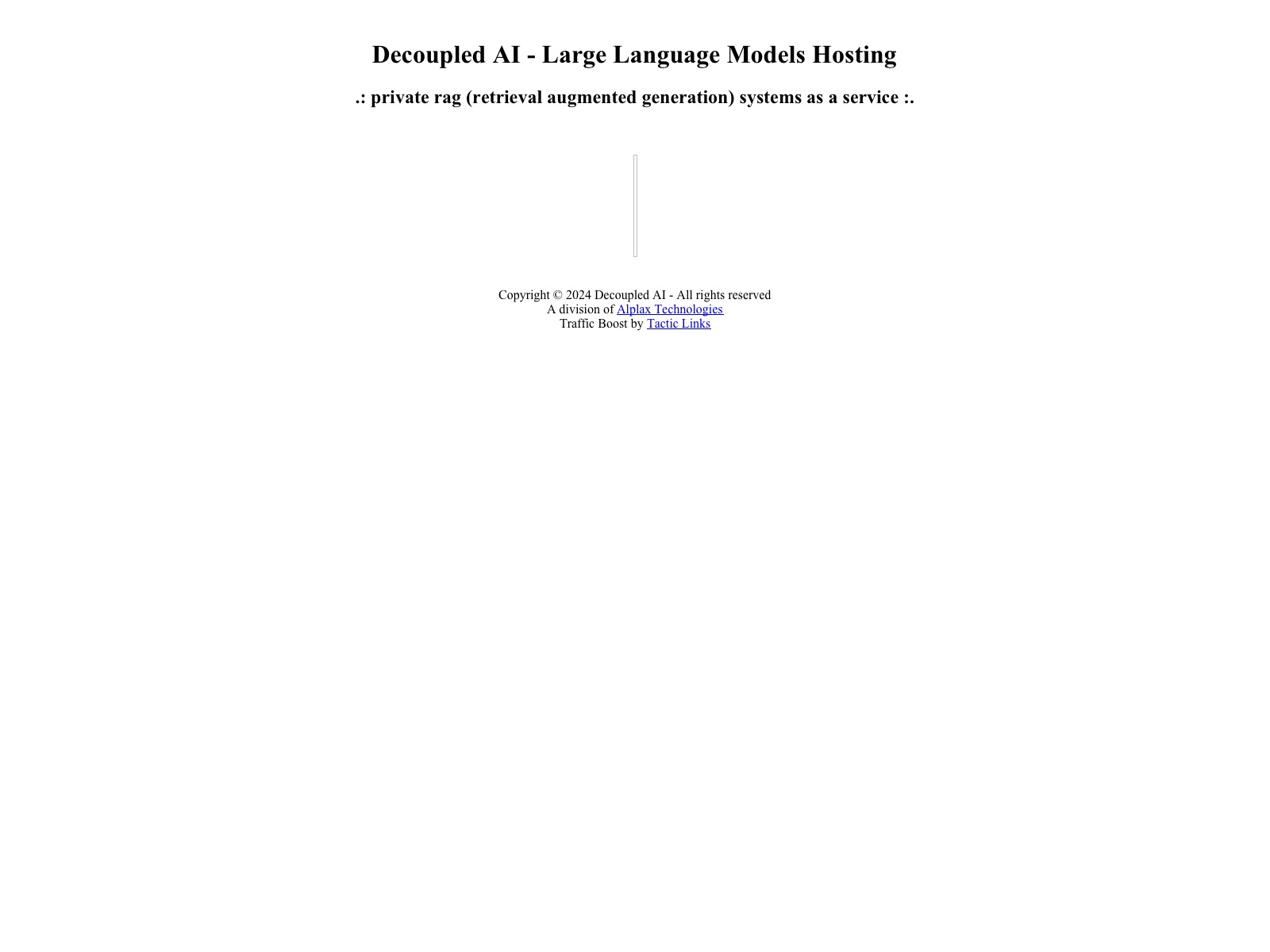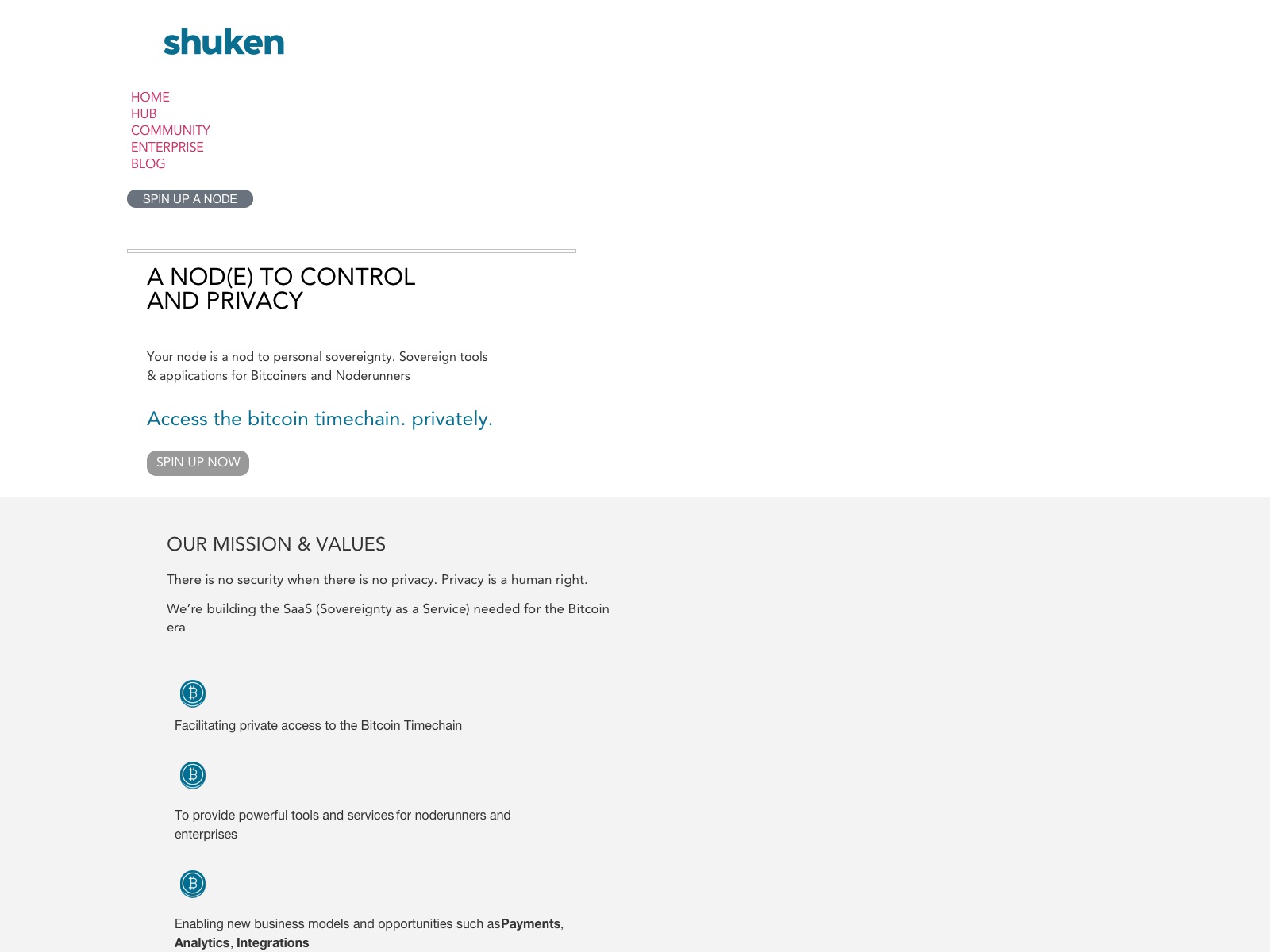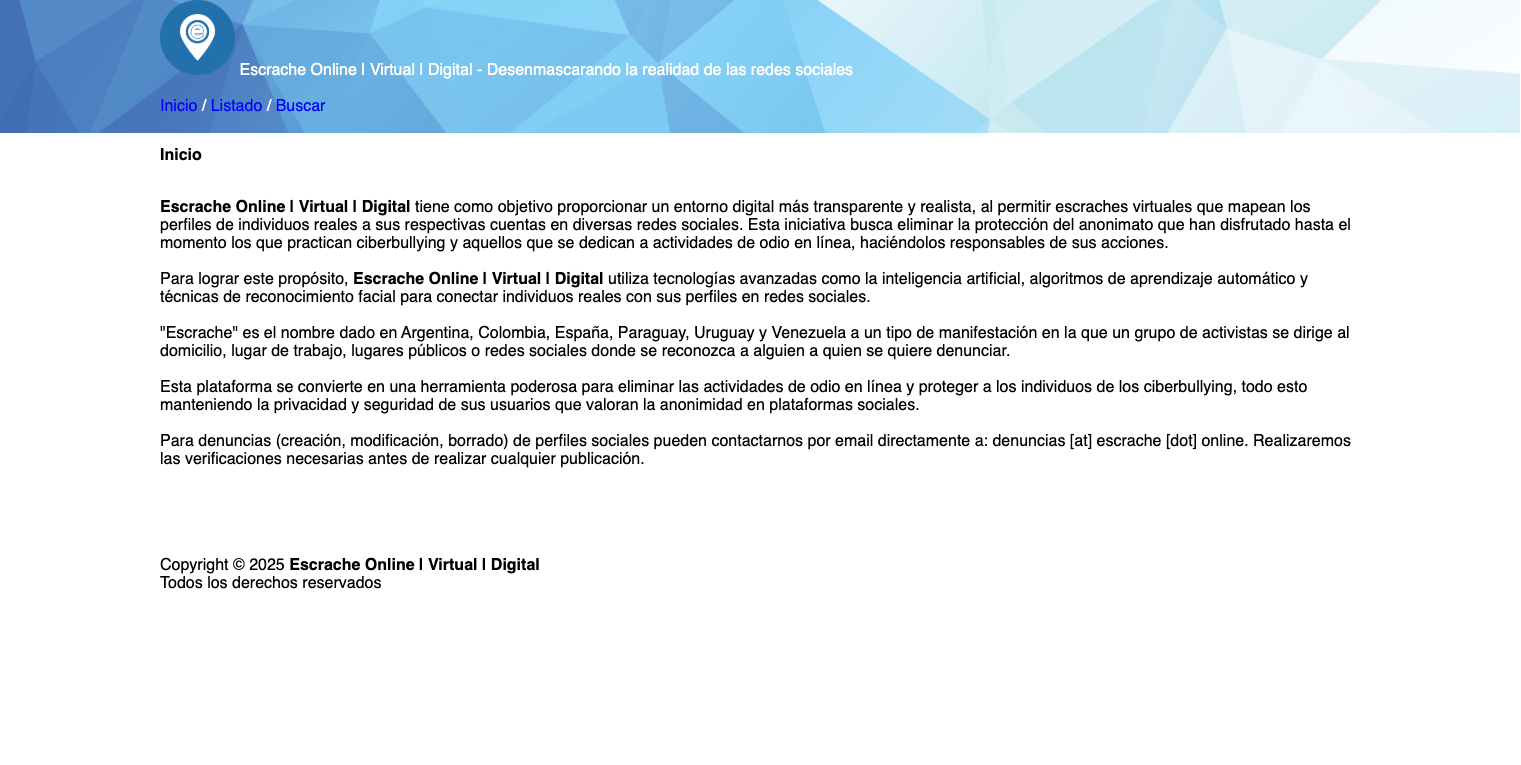Tactic Links - Organic Traffic Booster - Home
|
Path: Home > List > Load (openid.net) |
Home | About | List | Rankings | Search | Submit |
| domain | openid.net |
| summary | This website provides comprehensive documentation and specifications related to OpenID and OpenID Connect. It covers the fundamentals of OpenID Connect, detailing how it works, and offers technical specifications including JWT, JWS, JWE, JWK, and JWA. Furthermore, it details certified and uncertified OpenID Connect implementations and explores OpenID Federation implementations. |
| title | OpenID - OpenID Foundation |
| description | Our mission is to lead the global community in creating digital identity standards that are secure, interoperable, and privacy-preserving. |
| keywords | group, working, specifications, charter, foundation, overview, community, certification, groups, implementations, policy, identity, implementation, more, open, news, access |
| upstreams | aaronparecki.com, identity.foundation |
| downstreams | linkedin.com, youtube.com, twitter.com, cookiedatabase.org |
| nslookup | A 151.101.67.52, A 151.101.131.52, A 151.101.3.52, A 151.101.195.52 |
| created | 2024-10-13 |
| updated | 2025-12-16 |
| summarized | 2025-12-16 |
|
HIGHSPOTS | |
 tacticlinks.com | |
 whimed.com | |
 decoupled.ai | |
 shuken.io | |
 cluebit.com | |
 lhapsus.xyz | |
 escrache.org | |
 greenpeace.org |
Traffic Boost by Tactic Links
[took: 655 ms]